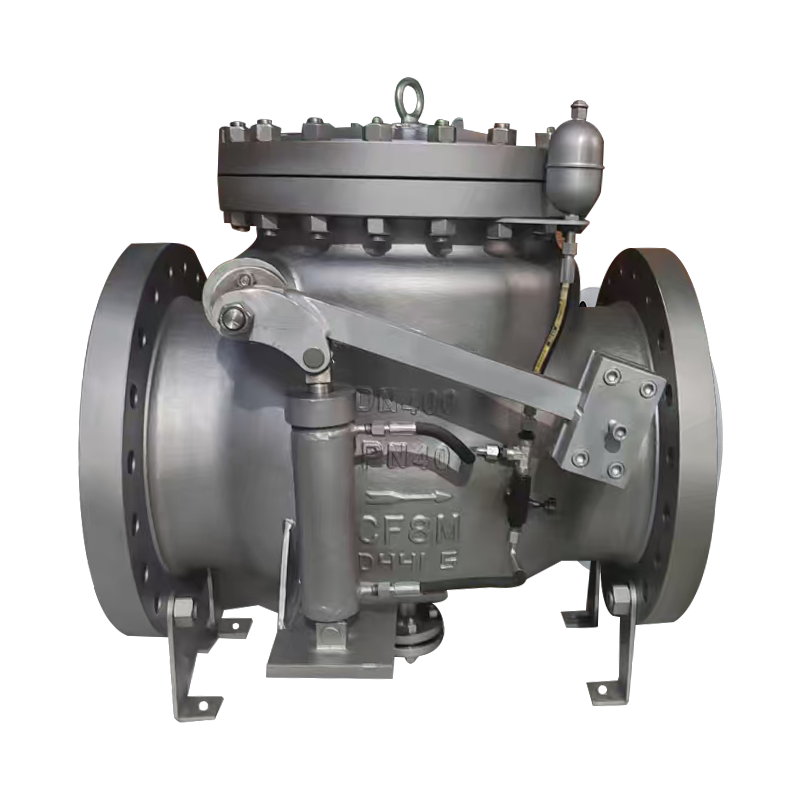
The Inline Ball Check Valve is a widely used component in fluid handling systems where flow needs to move in only one direction. Its design allows for automatic operation without the need for external control, making it suitable for water, wastewater, and some chemical applications. A key point of interest is the valve's service life, which is influenced by material choice, installation conditions, and maintenance practices.

Typically, the valve consists of a spherical ball that moves within a straight body, seating against an opening to prevent backflow. When fluid flows in the intended direction, pressure lifts the ball from the seat, allowing flow. If flow reverses, the ball returns to the seat, blocking the passage.
The life span of an Inline Ball Check Valve can range from several years to more than a decade, depending on usage and environment. Valves made of corrosion-resistant materials such as stainless steel or durable plastics like PVC or polypropylene tend to have a longer life, especially in chemically aggressive or wet environments. In contrast, metal valves used in systems with frequent pressure or temperature fluctuations may require more regular inspection and potential replacement of internal components.
Regular maintenance, such as flushing the line to prevent buildup of debris and verifying seat integrity, extends operational life. Choosing the correct valve size and pressure rating also helps avoid premature wear.
With correct material selection and care, an Inline Ball Check Valve offers a dependable, low-maintenance solution that performs effectively over the long term.
The Cast Iron Swing Check Valve for Pressure Tank is a practical solution designed to prevent reverse flow in systems that store or distribute pressurized fluids. Installed typically on the discharge side of a pump connected to a pressure tank, it helps ensure that water or other fluids do not flow backward once the pump shuts off.
This type of valve uses a swinging disc mounted on a hinge. When the pump is active, fluid pressure pushes the disc open, allowing flow toward the tank. When the pump stops or pressure drops, the disc swings back into position, sealing the flow path and preventing backflow. This mechanism is simple, reliable, and requires no external power or operator intervention.
Cast iron is a preferred material for swing check valves in pressure tank systems due to its strength, durability, and cost-effectiveness. It can handle moderate pressures and temperatures, making it well-suited for typical water supply and HVAC systems. Many valves are internally lined or coated to enhance corrosion resistance and reduce internal wear.
Installation position is important—these valves are effective in horizontal or vertical (upward flow) pipelines. A proper seal is critical to the valve's function, so the valve seat and disc should be inspected periodically. Over time, the hinge pin or seat may wear, especially in high-cycling systems, but replacements are generally straightforward.
Another consideration in pressure tank applications is water hammer. A slowly closing swing check valve can reduce this effect, protecting piping and equipment from sudden pressure surges.
The Cast Iron Swing Check Valve for Pressure Tank offers a balance of affordability, durability, and ease of use. When correctly specified and maintained, it provides reliable flow control and protection for pressure-based fluid systems.

